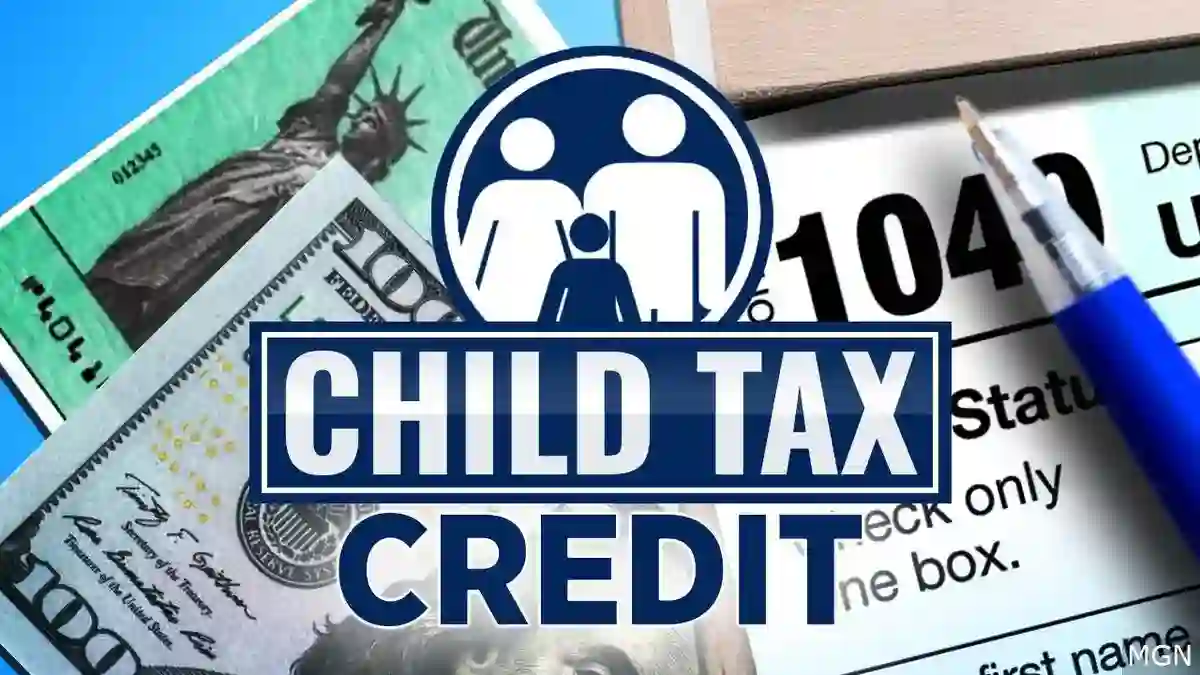As part of the American Rescue Plan in 2021, the federal child tax credit was enhanced to provide much-needed financial support to families with children.
According to a report by Lorie Konish, a reporter from CNBC, published on October 8, 2022, the federal child tax credit was increased to $3,000 per child ages 6 to 17 and $3,600 for children under 6 and made refundable and available to parents in advance via monthly payments during the pandemic.
The temporary increase in the child tax credit reduced child poverty and food scarcity and increased spending on necessities, but it expired at the end of 2021 and families will no longer receive monthly payments, the report added.
In response, some states have created their own child tax credits to supplement the expired federal credit, which vary in size and eligibility requirements. Some are fully refundable, meaning they can reduce a filer’s tax liability below $0 and result in a refund, while others are nonrefundable and can only reduce a filer’s tax liability to $0, based on a report by Fortune on June 7, 2022.
Several states, including Vermont, California, Colorado, Idaho, New Mexico, New York, Maine, Maryland, Massachusetts, and Oklahoma, offer state-level child tax credits, according to the report.
North Carolina offers a child deduction, Michigan’s legislature has passed a child tax credit worth $500, and Connecticut is offering a one-time tax rebate worth up to $250 per child, capped at $750 for three children, which families must apply to receive.
Research has found that the child tax credit, a universal benefit, is linked to higher educational attainment, increased wages for children, improved maternal health outcomes, and does not have the stigma of other social assistance programs.
Josh McCabe, a senior family economic security analyst at the Niskanen Center, believes that the child tax credit is a highly effective approach to reducing poverty, even though it is not explicitly designed as an antipoverty program.




![Tyson Foods Plant [Photo: Food Manufacturing]](https://southarkansassun.com/wp-content/uploads/2023/08/iStock_1185520857__1_.5e441daa51cca-600x337.jpg)







![Silverado Senior Living Management Inc. [Photo: Los Angeles Times]](https://southarkansassun.com/wp-content/uploads/2023/10/download-6-4-600x337.jpg)

![China's Wuhan Institute of Virology [Photo: Nature]](https://southarkansassun.com/wp-content/uploads/2023/09/d41586-021-01529-3_19239608-600x337.jpg)
















